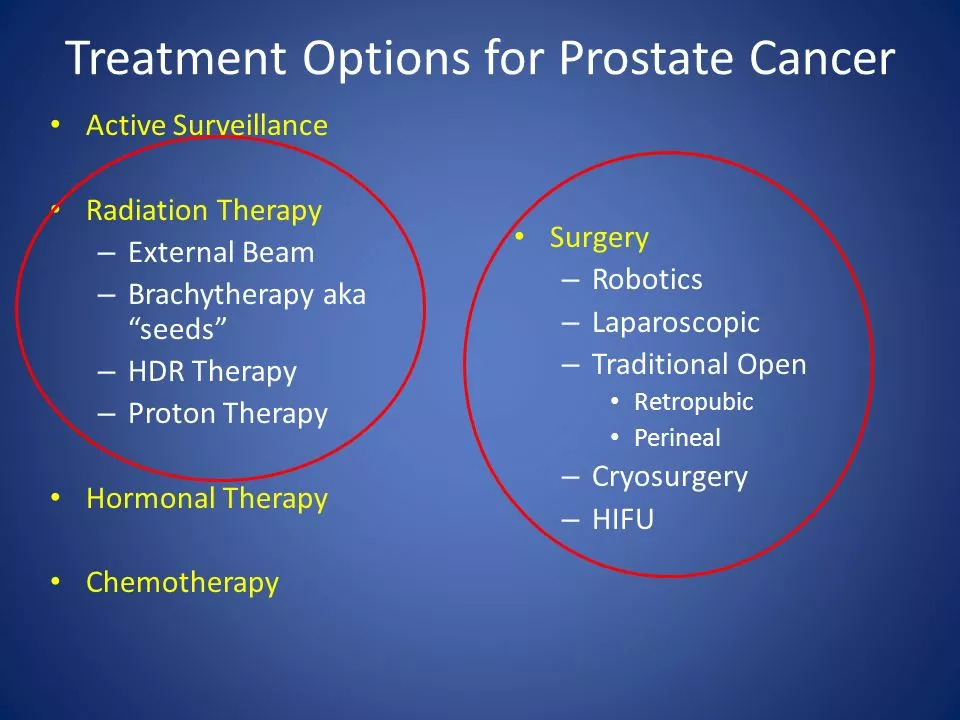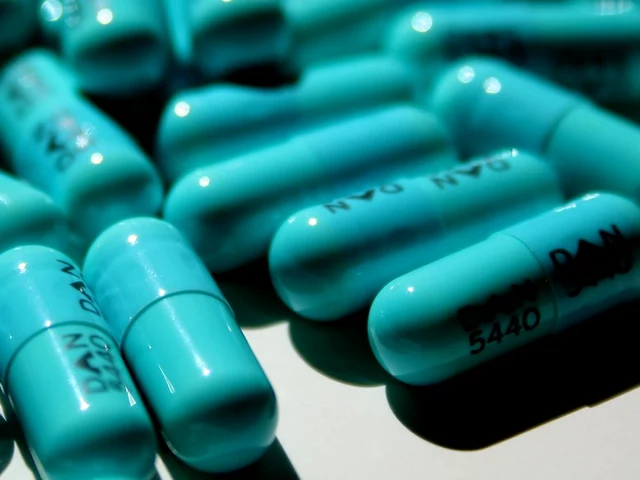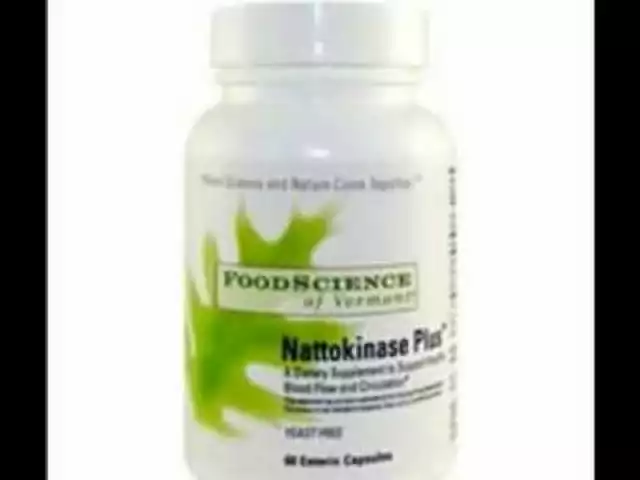Introduction to Abiraterone and its Role in Prostate Cancer Treatment
As a blogger who is deeply concerned about prostate cancer, I have researched various treatment options available to patients. One such option that has caught my eye is abiraterone, a relatively new drug that has been shown to be effective in treating advanced prostate cancer. In this article, I will discuss the cost-effectiveness of abiraterone and how it compares to other treatments. I hope this article will provide valuable information for those affected by prostate cancer and their loved ones.
The Mechanism of Action of Abiraterone
Before diving into the cost-effectiveness of abiraterone, it is important to understand how this drug works. Abiraterone is an androgen synthesis inhibitor, meaning it blocks the production of androgens (male hormones) in the body. Androgens, particularly testosterone, are known to promote the growth and spread of prostate cancer cells. By inhibiting androgen production, abiraterone effectively slows down the progression of advanced prostate cancer, particularly in patients who have already undergone hormone therapy or chemotherapy.
Comparing Abiraterone to Other Prostate Cancer Treatments
There are several other treatments available for advanced prostate cancer, including chemotherapy, hormone therapy, and radiation therapy. When comparing the cost-effectiveness of abiraterone to these treatments, it is important to consider factors such as overall survival rates, side effects, and quality of life for patients. Some studies have shown that abiraterone can extend overall survival by up to 15 months, which is a significant improvement compared to other treatments. Additionally, abiraterone has been reported to have fewer and less severe side effects than chemotherapy, which can greatly impact a patient's quality of life.
Financial Implications of Abiraterone Treatment
One of the major factors to consider when evaluating the cost-effectiveness of abiraterone is the financial burden it places on patients and healthcare systems. The cost of abiraterone can vary depending on factors such as insurance coverage and location, but it is generally considered to be a high-cost treatment. In some cases, the monthly cost of abiraterone can be upwards of several thousand dollars. This can be a significant financial strain for patients and their families, particularly if the treatment needs to be continued for an extended period of time.
Access to Abiraterone and Healthcare Coverage
Given the high cost of abiraterone, it is crucial to consider the role of healthcare coverage in determining its cost-effectiveness. Some insurance plans may cover a significant portion of the cost, making it more accessible to patients. Additionally, there are patient assistance programs and financial support options available for those who may struggle to afford abiraterone. These factors can greatly impact the overall cost-effectiveness of abiraterone, as they help to reduce the financial burden on patients and their families.
The Role of Generic Abiraterone in Cost-Effectiveness
Another factor that can influence the cost-effectiveness of abiraterone is the availability of generic versions of the drug. Generic medications are typically less expensive than their brand-name counterparts, making them a more cost-effective option for patients. There are currently generic versions of abiraterone available in some countries, which can help to make this treatment more affordable for patients. As more generic options become available, the cost-effectiveness of abiraterone may continue to improve.
Conclusion: Weighing the Benefits and Costs of Abiraterone
Ultimately, the cost-effectiveness of abiraterone in prostate cancer treatment is a complex issue that depends on factors such as overall survival rates, side effects, financial implications, healthcare coverage, and the availability of generic options. While abiraterone has been shown to be an effective treatment option for advanced prostate cancer, its high cost may be a barrier for some patients. It is important for patients and their healthcare providers to carefully consider the benefits and costs of abiraterone, as well as other treatment options, to determine the best course of action for each individual case.











